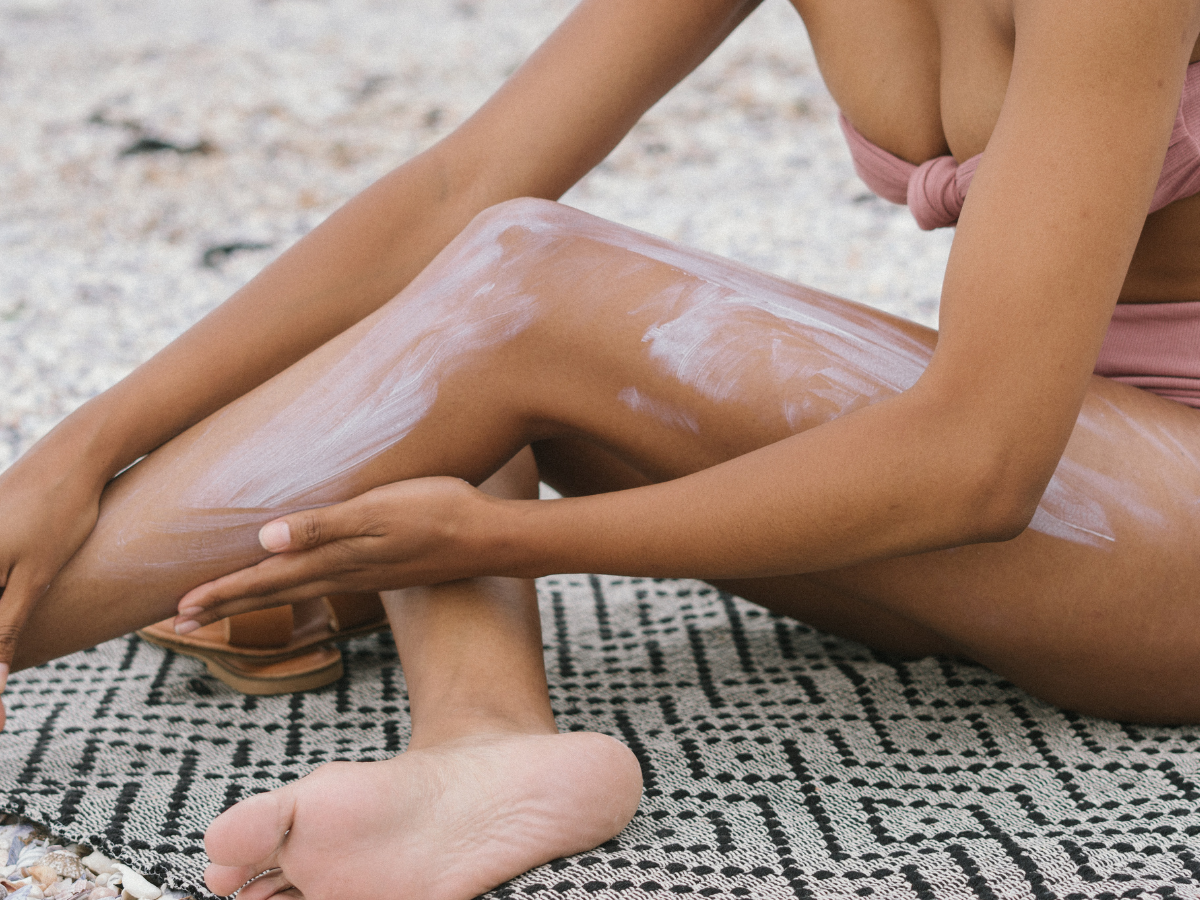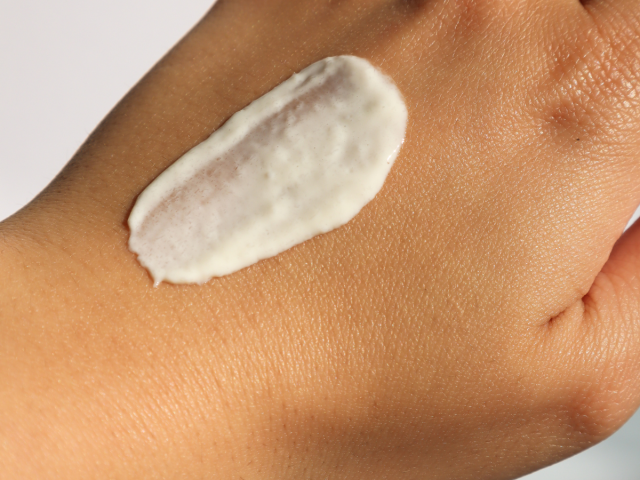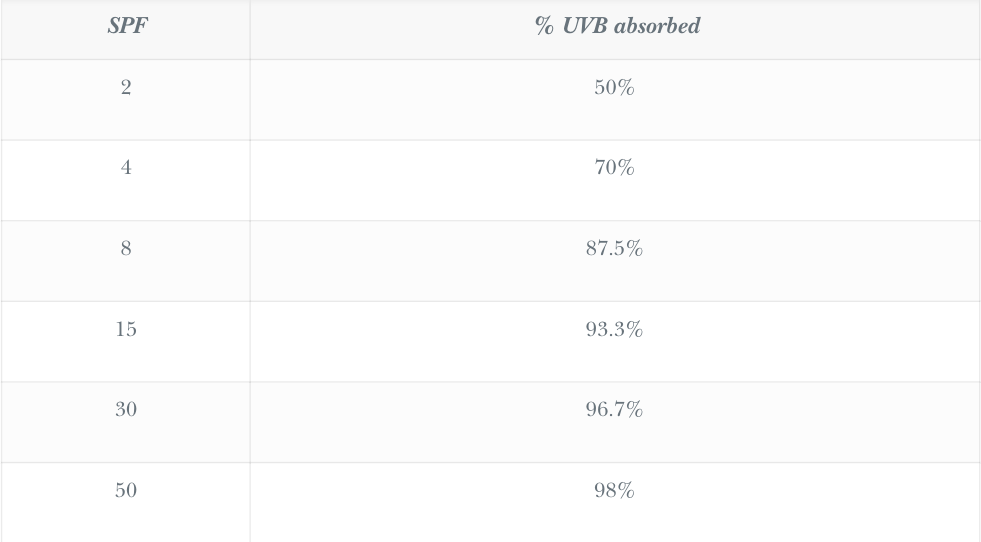New Zealanders are confused about SPF – here’s why

What SPF do I need? How long does sunscreen last? Does SPF 15 protect provide sufficient protection from the sun? How does sunscreen work? These are all common questions skin therapists get asked. Make no mistake: the importance of daily sun protection should not be underestimated – it’s the most important step in any skincare routine. However, despite SPF commonly recommended by beauty professionals, it’s often misunderstood – and as a result, consumers and clients can be misinformed.
New Zealand has the highest rates of melanoma cases and deaths in the world, and with experts warning UV levels will be higher this year, it’s never been more pertinent to wise-up on suncare.
Below, we break down the biggest misconceptions about high SPF sunscreens and how to educate your clients about sun care…
Most people think that sunscreen with a SPF of 100 provides more than triple the sun protection of an SPF 30. But that’s not the case at all.
Higher SPFs, while more expensive, will block only 1 to 2 percent more, and no sunscreen can block 100 percent. The SPF also has no impact on the length of time sunscreen will protect you; the same duration applies for both low- and high-SPFs: typically, two hours or less.
Generally, a SPF rating refers to the amount of UVB protection it provides. UVA rays represent about 95 percent of the ultraviolet rays we encounter. These are the ageing rays and can penetrate the deeper layers of the skin, causing significant damage by creating free radicals. The fact is, high SPFs provide a false sense of security.
It is scientifically proven that higher SPF sunscreens provide minimal added protection. “These is less than a 5 percent difference in protection from UVB rays when using SPF 15 compared to SPF 50,” says Dr Des Fernandes, founder and scientific director at Environ.
Did you know?
- Higher SPF sunscreens contain higher concentrations of chemical ingredients.
- It is scientifically shown that chemical (organic) sunscreen ingredients can be absorbed into the skin, and when struck by UV radiation, these can become aggressive free radicals, increasing the risk of damage.
- No sunscreen effectively protects the skin from UVA radiation.

What does a SPF rating actually mean?
A SPF (sun protection factor) rating indicates how much longer it will take to burn with sun protection. For example, the skin should take 30 times longer for it to burn with a SPF 30 than without.
The table below shows the level of protection that SPF 2 to 50 provides against the sun’s harmful UVB rays.

So, how should we be using sunscreen?
It’s critical to explain to clients that all sunscreen becomes inactive overtime. This is why, irrespective of the SPF rating, all sunscreens should be applied every 90 – 120 minutes. Higher SPFs do not mean one can spend a longer time exposed to UV without protection.
Less more often
This is the key messaging to equip clients with. By adhering to this, the skin absorbs less chemicals while ensuring more complete protection. Environ recommends reapplying a SPF 15 sunscreen, like those in their RAD range, every 90-120 minutes to be safe.
Want more ProCollective?
- For more news and updates, subscribe to our weekly newsletter
- Follow us on Instagram
- Like us on Facebook
